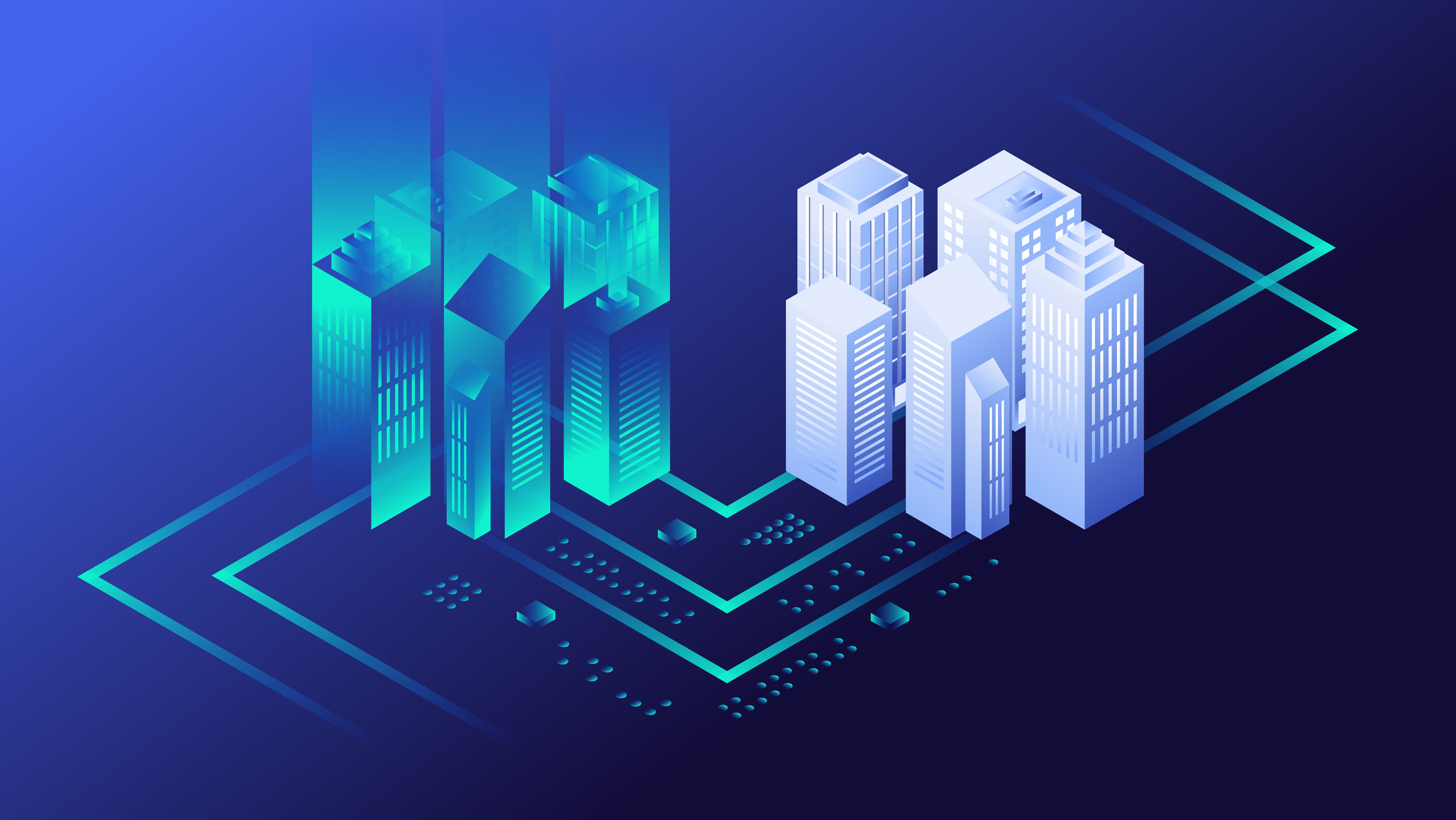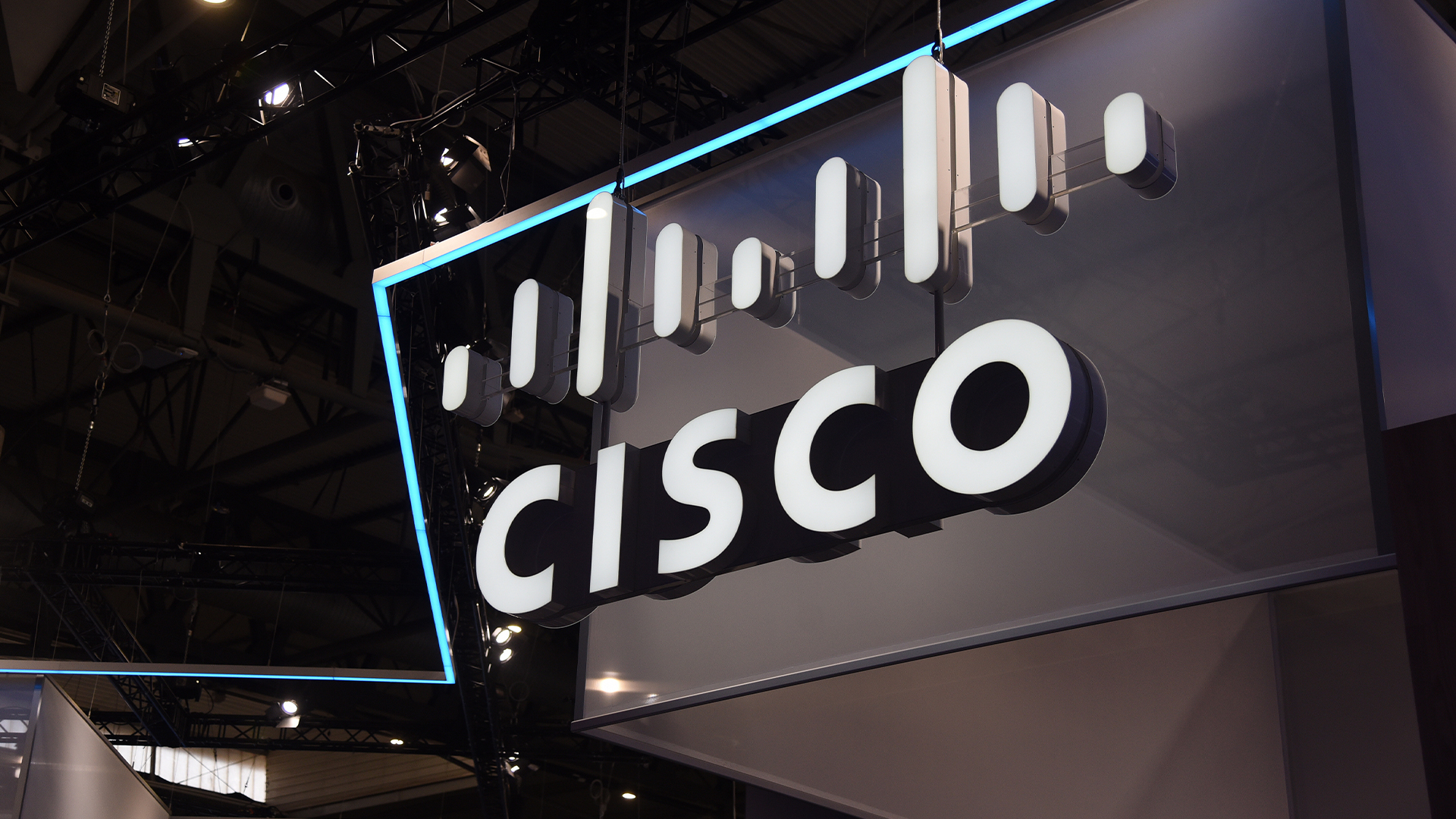Are AI digital twins a match made in heaven?
Faster model iteration could help engineers raise their aim across a variety of high-stakes use cases

Digital twins, detailed virtual recreations of existing places or machinery that can be used to identify inefficiencies or as a testbed for new services and approaches, may be the latest area where AI is making its impact felt.
Savvy generative AI approaches can reduce the work of visualizing real-world dynamics in digital twin projects Ved Sen, head of innovation at Tata Consultancy Services (TCS), tells ITPro.
While machine learning (ML) is "super-useful" generally in digital simulations, generative AI may offer extra value for creating highly sophisticated, tailored digital twins, Sen explains.
"This is the space for generative AI, not in the core data that tells you how the asset performs," he says. "Digital twin can be broken into two different elements: real-time data capture to show you how this thing is performing, an asset or process and on the other side taking the time and visualizing the actual thing."
Generative AI may have a role to play in quickly building these virtual environments or iterating on designs using natural language processing. An example might be using data to create an immersive 3D view of an engine, then donning a virtual reality (VR) headset and 'walking around' inside to examine the performance and dynamics in real time as the engine is running.
"There's a fair amount of hard human design work in taking that engineering or concept and visualizing it. Generative AI can play a strong role in the leap between 'here's the data' to 'here's the visual artefact'," says Sen.
A specific 3D artifact that once took six weeks to generate might take two with rendering done by generative AI, Sen suggests. Human input will typically still need to refine it, "sharpening, polishing and so on", but generative AI helps expedite the modeling and adjustment of complexity, controlling multiple dynamics and parameters, he says.
Get the ITPro daily newsletter
Sign up today and you will receive a free copy of our Future Focus 2025 report - the leading guidance on AI, cybersecurity and other IT challenges as per 700+ senior executives
Accelerating accuracy in multiple dimensions
Using AI digital twins, leaders might seek to accurately match an engine's motor speed, and relate that to granular and specific causes or effects, down to air temperatures or how a chosen lubricant expands or changes state. If the system is sophisticated enough – likely run using high performance computing (HPC) hardware – it can even account for complex aspects of physics such as evaporation or solidification during heating and cooling.
AI-generated images can be examined for exactness of representation, closely inspecting each component of the final product and analyzing approaches to your goal "in zeroes and ones" before going away and building it in the real world, Sen adds. "You can clarify how it's actually supposed to be, versus what it looks like. Any dissonance you would be able to capture," says Sen. "Even if it's something conceptual or never seen in real life."
While generative AI and digital twins can both be expensive, by complementing each other there's potential to rapidly multiply iterations, more cost-effectively approaching your ideal.
Economies of scale in use cases such as aircraft engineering or large-scale distributed applications, even the likes of Google Earth, are certainly worthwhile, Sen suggests.
RELATED WHITEPAPER

Prith Banerjee, chief technology officer at engineering simulation design software firm Ansys, argues that when digital twins are properly leveraged as virtual models of a physical asset, they can go beyond traditional simulation models that take too long to run.
"Synchronizing and pulling data from a physical asset every second or every 15 minutes at the rate at which the data is coming through takes time. For engines and other structures, that can mean thousands of hours," notes Banerjee.
Generative AI is increasingly key to accurate curve fitting. If you take an AI-based digital twin approach, predictions might approximate 70% accuracy; one that's based on pure simulation with reduced-order models (ROMs) might be 90%. By combining approaches – using a fusion model -- accuracy can rise to 99%, Banerjee suggests.
The shortfall here could be accounted for by the increased efficiency of producing digital twins with the assistance of generative AI, allowing developers to iterate through digital twins quicker in to form far more detailed models on which to base their predictions.
"For example, for a $1 million asset, by relying on 70% accuracy you can be making a $300,000 mistake by replacing an engine too soon. On the other hand, if the accuracy is 99% that loss might go from $300,000 to only $1,000," Banerjee says.
Put crudely, you can generate and regenerate exactly faster and more efficiently, using generative AI to product lots of scenarios involving myriad variables.
"Take autonomous driving. Toyota's CEO has said you will have to drive 8.8 billion miles autonomously to ensure all different scenarios are handled," Banerjee offers. "You can use generative AI to generate these scenarios. That's the power of generative AI with digital twins."
Of course, challenges in the space remain – beyond generative AI's skyrocketing energy usage, leaders must grapple with data handling such as ensuring digital twins don't contain AI hallucinations. However, a correct physical simulation helps here – physics cannot lie, so erroneous aspects of a model can be rooted out.
"Whether a plane is going to fly is not based on pure AI," Banerjee explains. "It's based on AI plus simulation. The guard-rail is the physics-based simulation,"
Mark Boyle, head of technology at consultancy Digital Catapult, developing the £37.6m digital twin center in Belfast, adds that organizations can benefit even if "fully synchronized, bi-directional, reciprocal, federated, self-healing (and costly)" digital twinning is a ways away.
After all, many businesses are still just trying to apply business logic to data flows, and learning about even asynchronous "digital shadow" definitions of digital twin. The idea is to build digital twin ecosystems, partly by demonstrating pathways and use cases, from research to design and operations life cycles.
For instance, the centre will leverage Thales' Digital Crucible platform for an unmanned vehicle project and another focused on operations for aerospace and defense.
"There'll be agent-based and generative AI approaches," Boyle says. "With lots of learnings including cross-sector, but they typically demonstrate compliance in some way."
The future for AI digital twins
There are prime use cases for AI digital twins in highly regulated domains, where risk management is crucial. Here, the systems can deliver time and cost savings, following the holistic approach of Singapore's whole-country digital twin.
Expected results include better performing, safer, sustainable products and solutions due to better synchronization with dynamic reality. It's about accurately framing 'what-if' questions, prompting to essentially frame the question, then accelerating that process, including in both directions – iterating "much, much faster".
"It's relevant to anyone with a risk register," Boyle says. "Dynamically resize what you've got today, and manage uncertainty. generative AI has essentially a multiplier effect."
Steve Dertien, chief technology officer of industrial software company PTC, emphasizes that AI digital twins are complementary technology to data analytics, alongside the processing and transformation of big data to uncover the root causes of issues. Generative AI can also generate code to develop software for digital twins.
"It can work across other enterprise data associated with the twins, allowing users to ask even more extensive questions than they would have tried if using business intelligence (BI) techniques," Dertien adds.
However, current base models have limited operational understanding of data signals, so can't yet be a substitute simulation proxy for predictive maintenance.
"While the pre-trained models work off a rather incredible public domain of data, the greater world of digital-twin IP is not typically inside that corpus," explains Dertien. "So you won't necessarily get an immediate solution."
That said, research continues into the automatic generation of simulations from data. Dertien notes that newer generative AI models have begun introducing reasoning steps involving logic and set conditions to make some of this possible. Simple demonstration can be easy – but productionizing solutions at scale and cost, including managing issues and AIops in an evolving arena, remains challenging, Dertien notes.
Fleur Doidge is a journalist with more than twenty years of experience, mainly writing features and news for B2B technology or business magazines and websites. She writes on a shifting assortment of topics, including the IT reseller channel, manufacturing, datacentre, cloud computing and communications. You can follow Fleur on Twitter.

